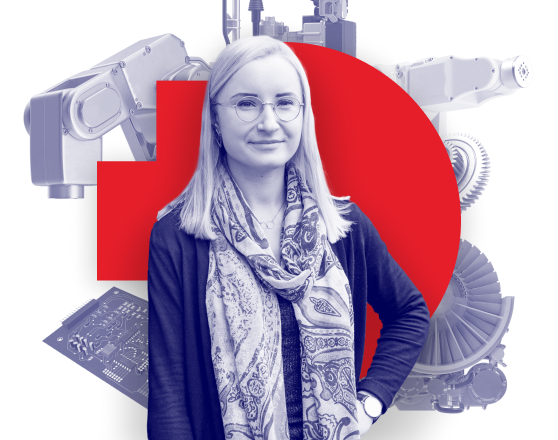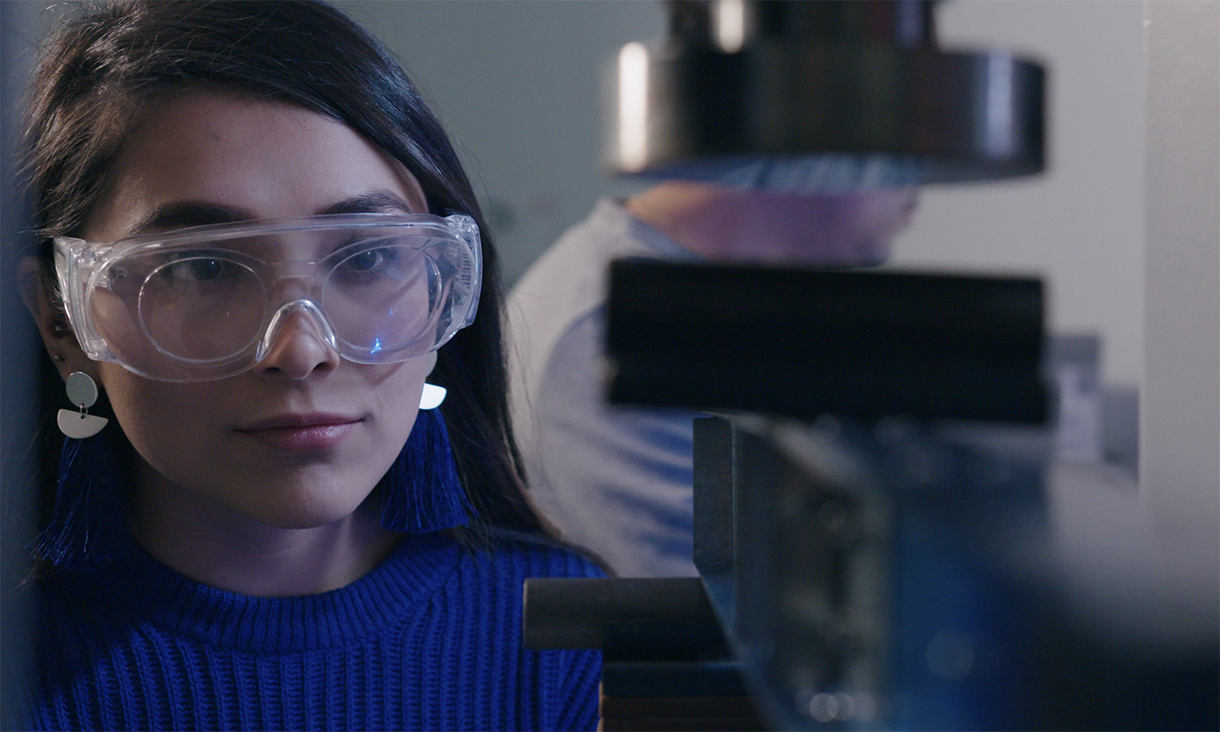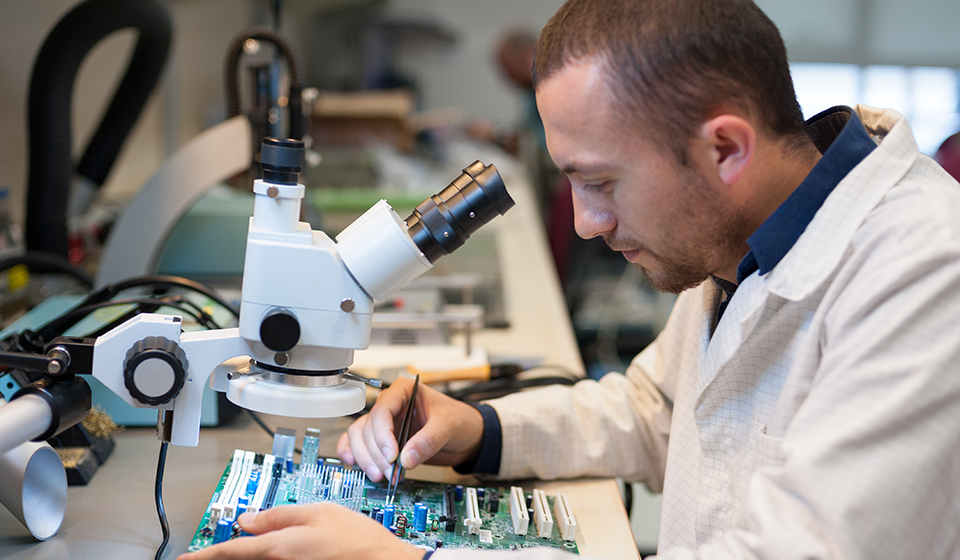Exciting developments in this field offer excellent career opportunities. These developments include advancements in energy generation, distribution, automation and control, as well as electronic instrumentation, devices, sensors and telecommunications technologies.
In the private sector, graduates work in the design, manufacture, and supply of engineering devices, systems, and services. They work as technical experts, technical or business managers, or executive officers. You could start up your own business in local and global markets or undertake higher studies by research.
In the public sector, graduates develop essential services for the community in telecommunications, networks, energy, transportation, security, defence, health, education, emergency services and environmental protection.
Our graduates have gone onto work for companies such as Telstra, Optus, iiNET, Huawei, DJI, Hikvision, State Grid, Dahua Technology (China), TSMC (Taiwan) and the Semiconductor Manufacturing Company Limited.






